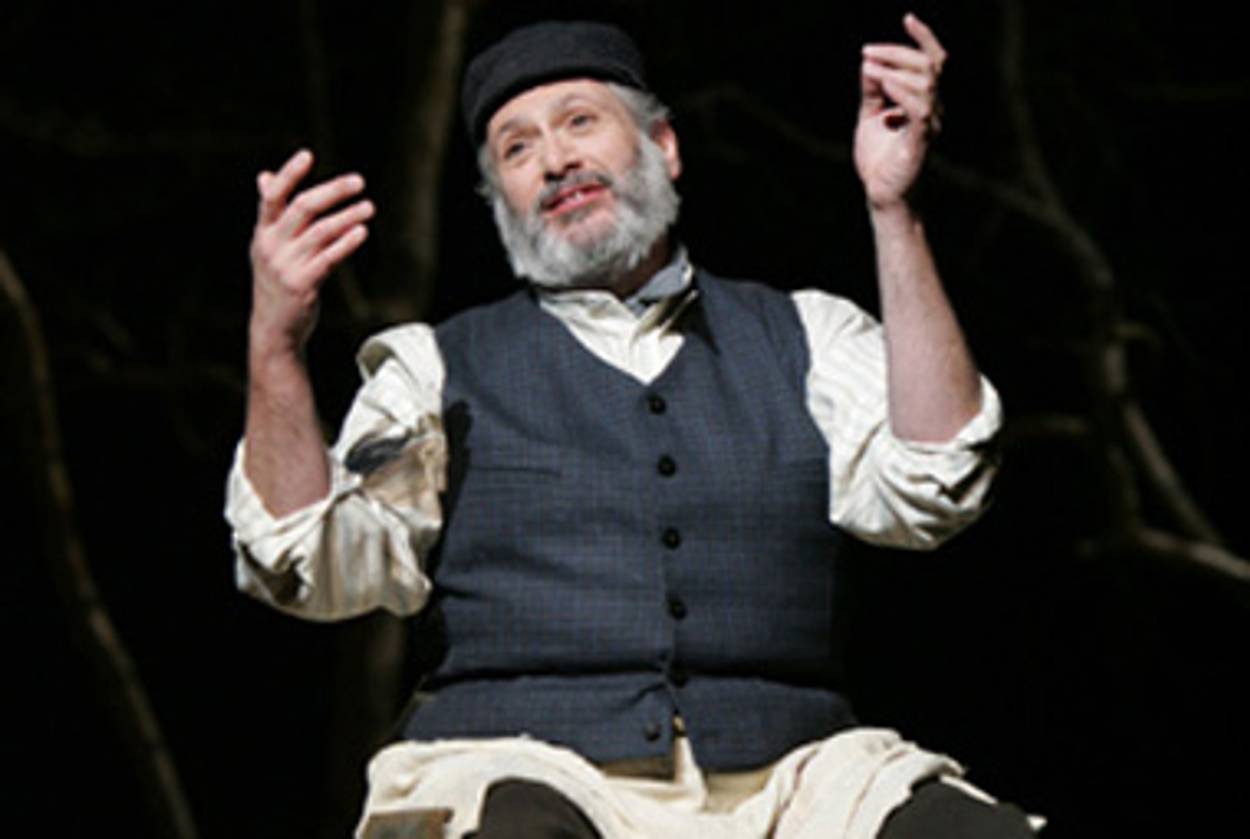Amid Dying Languages, Yiddish Lives On
Reports of its death are greatly exaggerated




There are, the New York Times reported yesterday, a “remarkable trove of endangered tongues that have taken root in New York—languages born in every corner of the globe and now more commonly heard in various corners of New York than anywhere else.” The City University of New York is sponsoring an endangered-languages program, and a group has sprung up to record these languages before they go extinct. And among this “Babel in reverse” are several languages of Jewish interest: The Semitic tongues of Aramaic, Chaldic, and Mandaic; Bukhari, a specifically Jewish Persian dialect, which originated in Bukhara, Uzbekistan, but today “has more speakers in Queens”; and, of course, Yiddish.
Yiddish is like many of these languages in that it is spoken more in New York City than in its historic areas—central and eastern Europe, and Russia. But unlike, say, the Istro-Romanian language of Vlashki, or Chamorro of the Mariana Islands (who knew they existed?), Yiddish is actually thriving in New York City, and elsewhere—among ultra-Orthodox communities. CUNY Professor David Kaufman, prominently featured in the article, told me yesterday, “I mentioned Yiddish as an example of a language spoken more in New York than in its places of origin—that’s all I meant by putting Yiddish in there.” He added, “It used to be a language of literature, but now it’s being kept alive by the Hasidic community—which views literature as competition to Torah.” In other words, fear not: Yiddish is nowhere near extinction. For the record, he said, his Endangered Language Alliance has not worked with Yiddish yet.
Hebrew Union College Professor Sarah Bunin Benor agreed that, whatever the status of some of the languages mentioned in the article, Yiddish, while certainly diminished from its heyday, is not going to disappear any time soon. “I think there is a sense that it’s diminishing because a lot of the speakers were killed in the Holocaust, and others moved to America and Israel and assimilated to the local languages,” she explained. But, directing me to the Modern Language Association’s interactive language map—warning, it has massive time-suck potential—she pointed out that “Yiddish is alive and well.” In fact, she added, “It’s changing. It’s becoming Americanized. It’s picking up words and grammatical structures.” Which is kind of cool, especially when you consider that American English has adopted certain aspects of Yiddish.
What, I should have to give an example?
Marc Tracy is a staff writer at The New Republic, and was previously a staff writer at Tablet. He tweets @marcatracy.